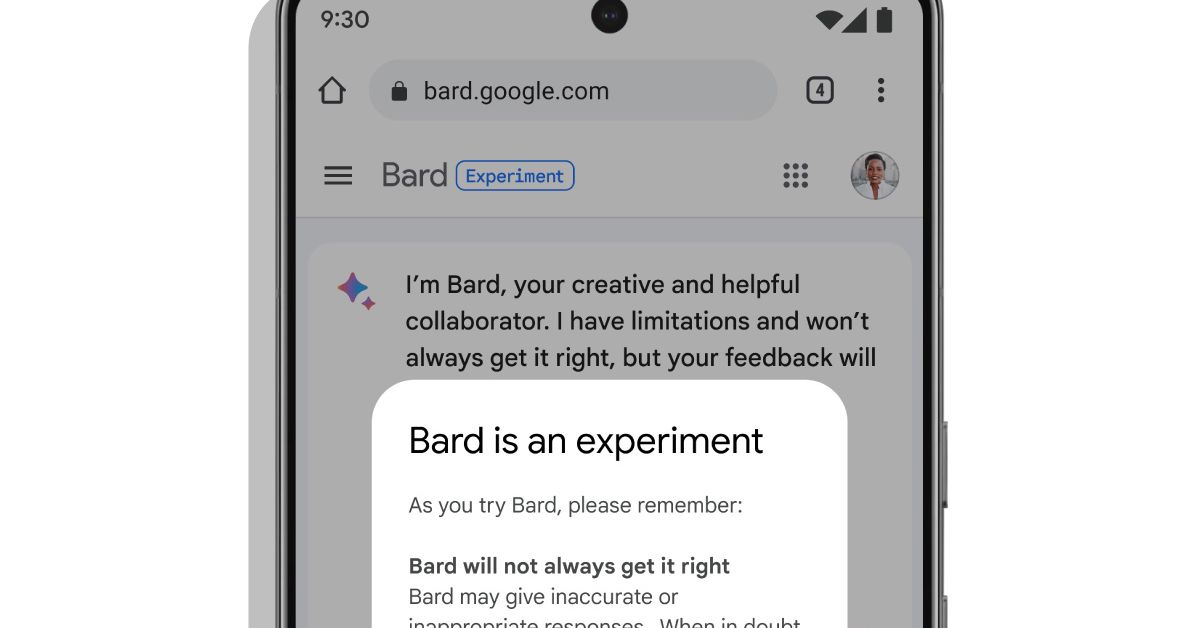KelsonV Old Account
Techie, software developer, hobbyist photographer, sci-fi/fantasy & comics fan in the Los Angeles area. He/him.
Website: KVibber.com
Main: @kelson@notes.kvibber.com
Moved to KelsonV@lemmy.world
- 5 Posts
- 5 Comments

 5·1 year ago
5·1 year agoIf you use a Nextcloud server, there’s a good collection of apps (some official, some third-party) that work with it. The ones I use:
Nextcloud - main app, does authentication, file access, optional auto-upload photos Nextcloud Notes - kind of like Google Keep, but simpler. (IIRC Carnet is more like Keep, and also open) Nextcloud Talk - instant messaging, supposedly can do voice but I’ve never used it for that Nextcloud News - RSS reader that syncs your feeds and read/unread through your Nextcloud server
Plus these apps that aren’t Nextcloud-specific, but work with it and other sync methods:
OpenTasks - ToDo list (needs Dav5x to sync) DAVx5 - Syncs contacts, calendars and to-do items between any CalDav, CardDav or WebDav servers and your Android system, so you can access them with any local contacts or calendar app. (For instance: K-9 Mail can use contacts from my Google account and my Nextcloud account, and Simple Calendar can do the same with my calendars.) Floccus - Bookmarks manager that can sync across multiple desktop browsers and the mobile app, using any of several sync options including Nextcloud
deleted by creator
Sure, servers are cheaper now. Domains are cheap now. TLS certs are free now. But that happened after the advertising business model became dominant.
For a while, server power was barely keeping up with the rise in demand, and you couldn’t just add another cloud server or bump up the RAM allocation on the one you have, you had to physically install new hardware. That took a larger chunk of money than adding $5 to your hosting plan, and time to set up the hardware.
By the time the tech stack got significantly cheaper (between faster hardware and virtualization, not to mention Let’s Encrypt), advertising was already entrenched and starting to coalesce around a handful of big networks.

 5·1 year ago
5·1 year agoI would assume it involves computer-related writings, history, etc. How people communicate online, hypertext fiction, wikis, the differences in how people write and present media online compared to on paper. How people have used memes, emoji, etc. Hacker lore. Some overlap with digital arts and social sciences - ethics, media creation

 0·2 years ago
0·2 years agoSorry, I just can’t take seriously someone who actually takes the Musk/Taibbi spin on the Twitter Files at face value.








Yeah, it’s made more for refining and confirming details than for adding entirely new objects.
When I want to add something that’s not on the map yet, I either add a note in StreetComplete and come back to it later on my computer, or I add it using Vespucci. (I’ve been known to add items using Vespucci, then reload the data on StreetComplete so I can fill in details that aren’t in the presets and that I can’t remember how to tag manually!)